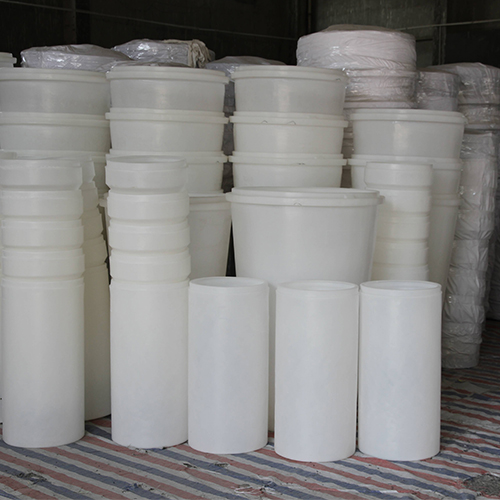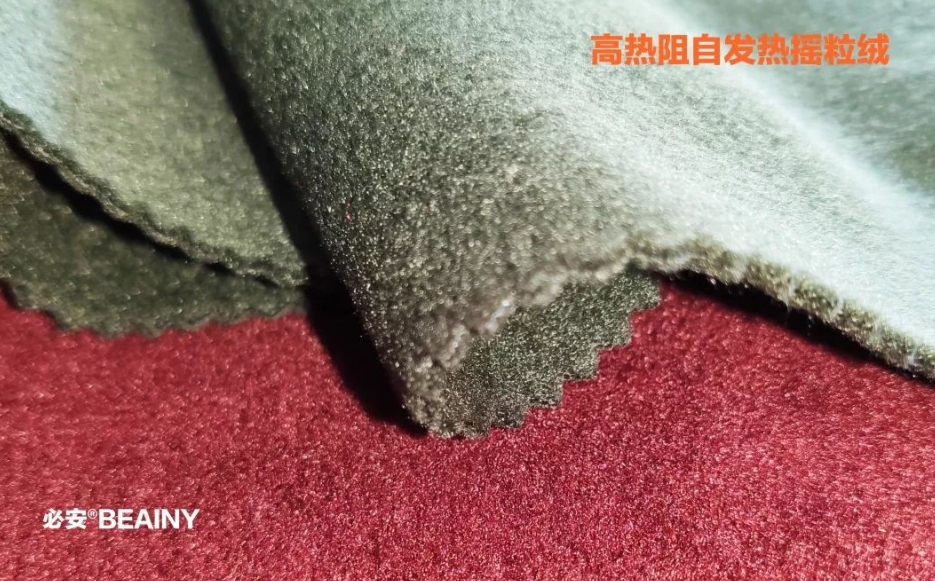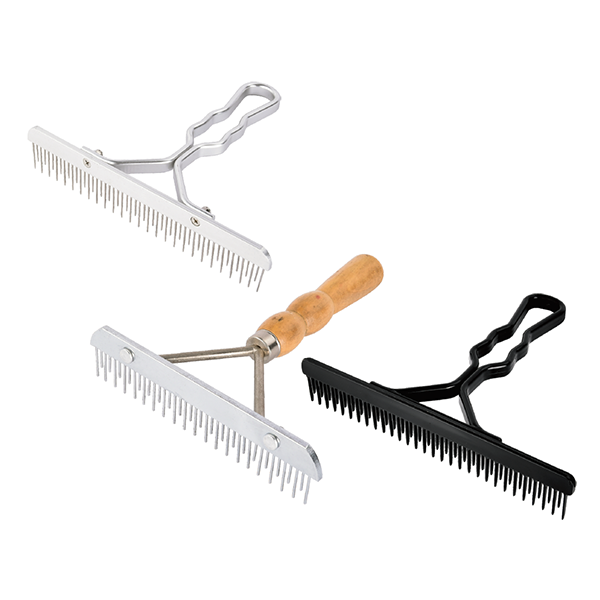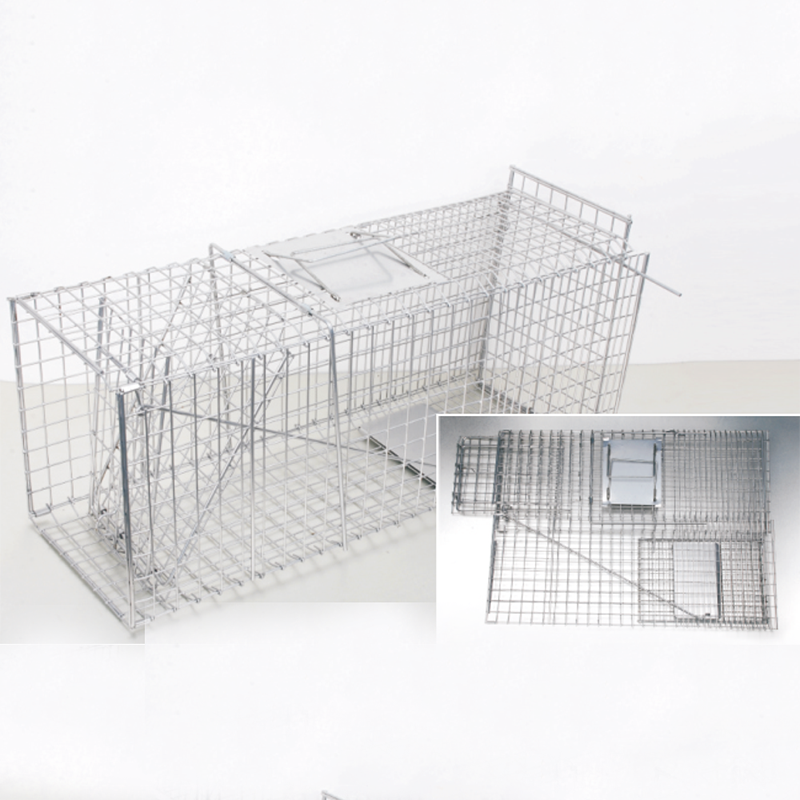Brine Tank and softening tank are the two most important parts of softened water equipment. In order to maintain stable operation effect of softened water equipment, correct operation and maintenance of Brine Tank and softening barrel are required. In order to tell you how to use and maintain the Brine Tank and softened water tank of softened water equipment, I will introduce the following small preparation.

1. Use and maintenance of the salt shaker
The softened water equipment is equipped with a dissolved Brine Tank, and its main function is regeneration. Most of the materials are PVC or stainless steel, other materials must be cleaned regularly in order to keep clean for long-term use.
2. Use and maintenance of softening tank
The softening tank is an important sealing device in the softening water equipment process. It is made of stainless steel and glass fiber reinforced plastic. The softening barrel contains a certain amount of cation exchange resin. Its main function is that when the source flows through the resin layer, the cation resin in the water will undergo a replacement reaction, thereby reducing the calcium and magnesium ions in the water.
The above is the use and maintenance method of the Brine Tank and the softened water tank of the softened water equipment. After going through the details of the salt and softener tanks in this article, please work harder to maintain and use the softened water equipment. CANATURE HUAYU factory is committed to the research and development and production of softened water equipment, and provides users with high-quality products and services in an all-round way. The softened water equipment produced can provide customers with industrial softened water that meets national standards.

 English
English Español
Español Português
Português русский
русский français
français 日本語
日本語 Deutsch
Deutsch Tiếng Việt
Tiếng Việt Italiano
Italiano Nederlands
Nederlands ไทย
ไทย Polski
Polski 한국어
한국어 Svenska
Svenska magyar
magyar Malay
Malay বাংলা
বাংলা Dansk
Dansk Suomi
Suomi हिन्दी
हिन्दी Pilipino
Pilipino Türk
Türk Gaeilge
Gaeilge عربى
عربى Indonesia
Indonesia norsk
norsk اردو
اردو čeština
čeština Ελληνικά
Ελληνικά Українська
Українська Javanese
Javanese فارسی
فارسی தமிழ்
தமிழ் తెలుగు
తెలుగు नेपाली
नेपाली Burmese
Burmese български
български ລາວ
ລາວ Latine
Latine Қазақ
Қазақ Euskal
Euskal Azərbaycan
Azərbaycan slovenský
slovenský Македонски
Македонски Lietuvos
Lietuvos Eesti Keel
Eesti Keel Română
Română Slovenski
Slovenski मराठी
मराठी Српски
Српски 简体中文
简体中文 Esperanto
Esperanto Afrikaans
Afrikaans Català
Català עִברִית
עִברִית Cymraeg
Cymraeg Galego
Galego 繁体中文
繁体中文 Latvietis
Latvietis icelandic
icelandic יידיש
יידיש Беларус
Беларус Hrvatski
Hrvatski Kreyòl ayisyen
Kreyòl ayisyen Shqiptar
Shqiptar Malti
Malti lugha ya Kiswahili
lugha ya Kiswahili አማርኛ
አማርኛ Bosanski
Bosanski Frysk
Frysk ជនជាតិខ្មែរ
ជនជាតិខ្មែរ ქართული
ქართული ગુજરાતી
ગુજરાતી Hausa
Hausa Кыргыз тили
Кыргыз тили ಕನ್ನಡ
ಕನ್ನಡ Corsa
Corsa Kurdî
Kurdî മലയാളം
മലയാളം Maori
Maori Монгол хэл
Монгол хэл Hmong
Hmong IsiXhosa
IsiXhosa Zulu
Zulu Punjabi
Punjabi پښتو
پښتو Chichewa
Chichewa Samoa
Samoa Sesotho
Sesotho සිංහල
සිංහල Gàidhlig
Gàidhlig Cebuano
Cebuano Somali
Somali Точик
Точик O'zbek
O'zbek Hawaiian
Hawaiian سنڌي
سنڌي Shinra
Shinra հայերեն
հայերեն Igbo
Igbo Sundanese
Sundanese Lëtzebuergesch
Lëtzebuergesch Malagasy
Malagasy Yoruba
Yoruba









